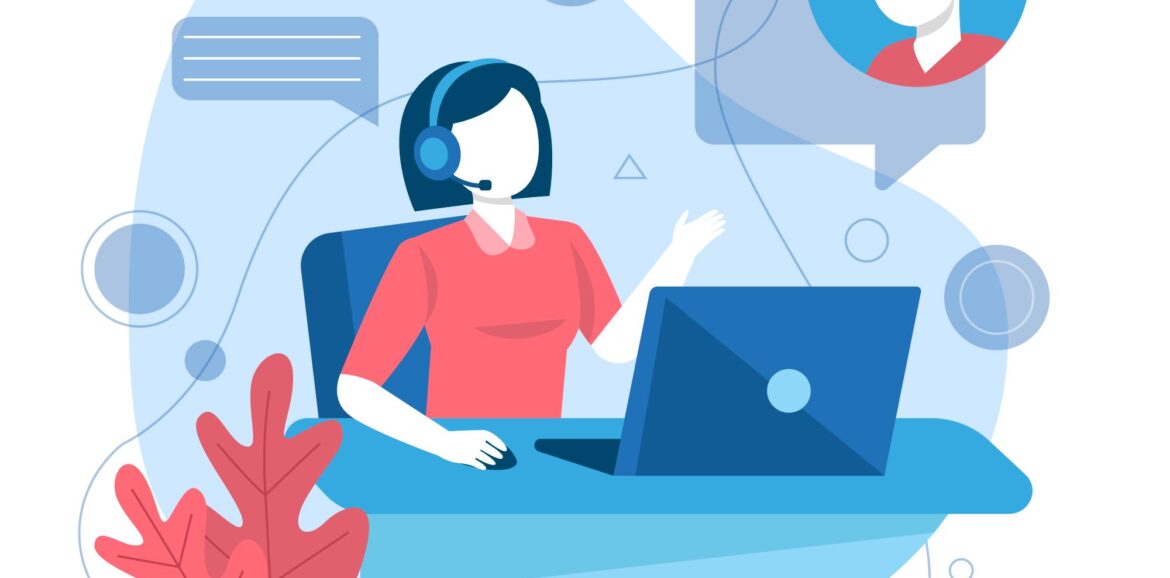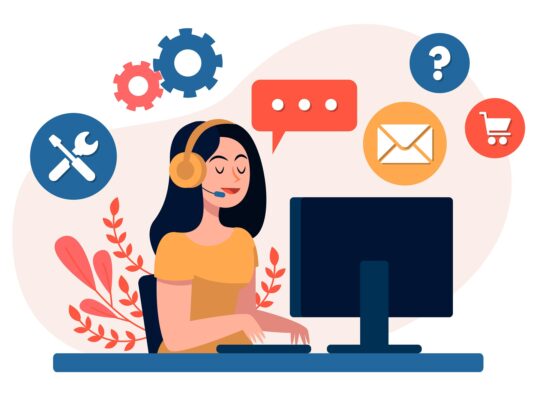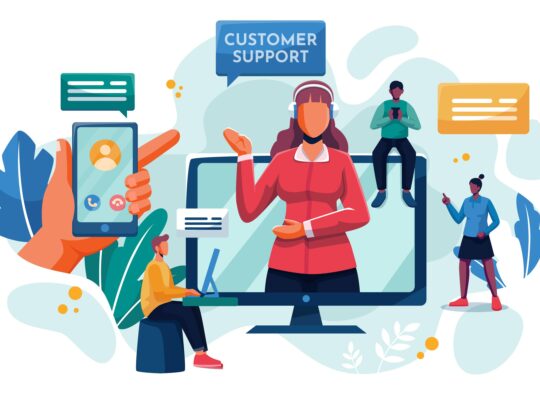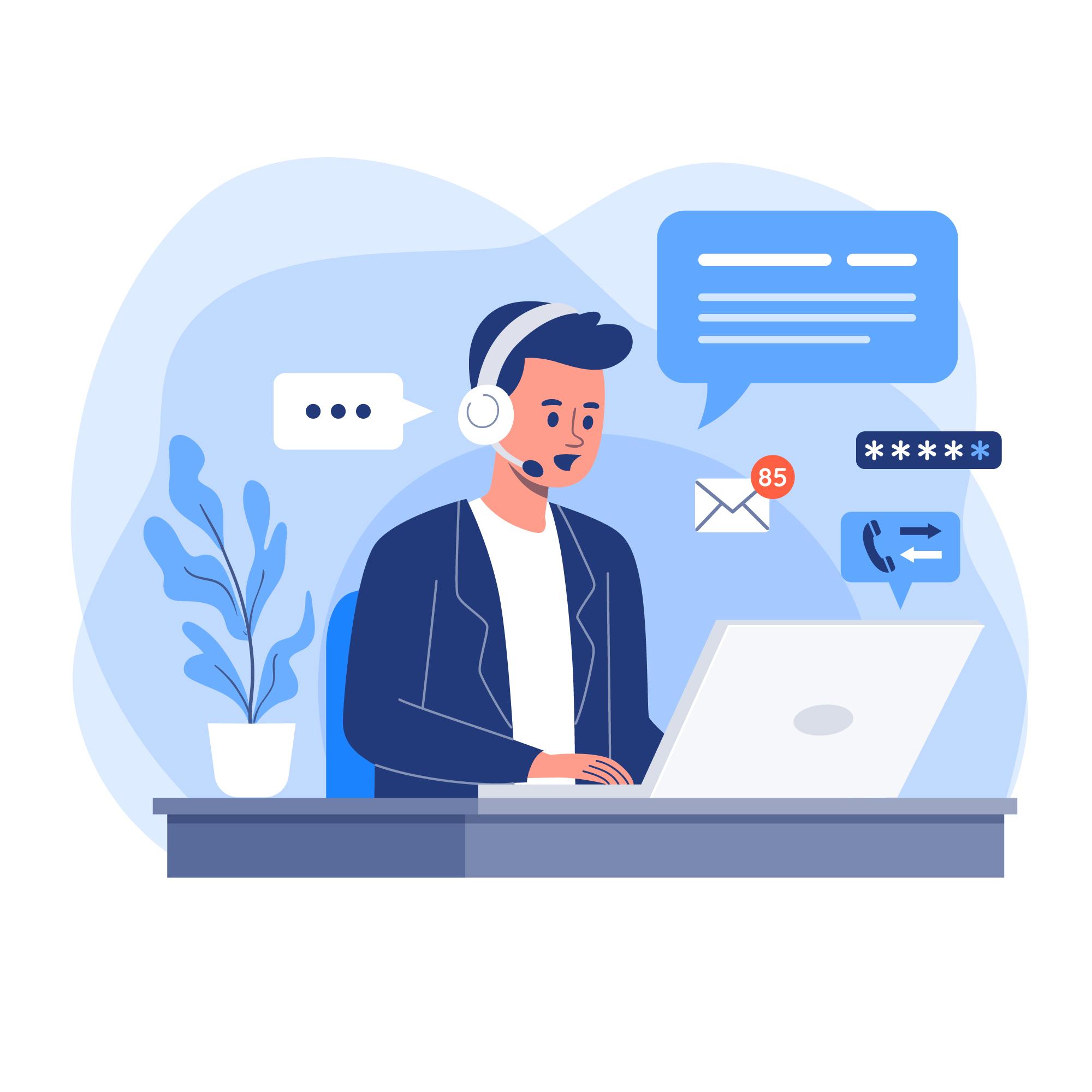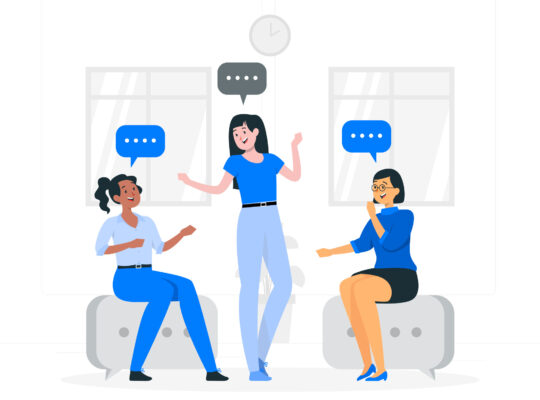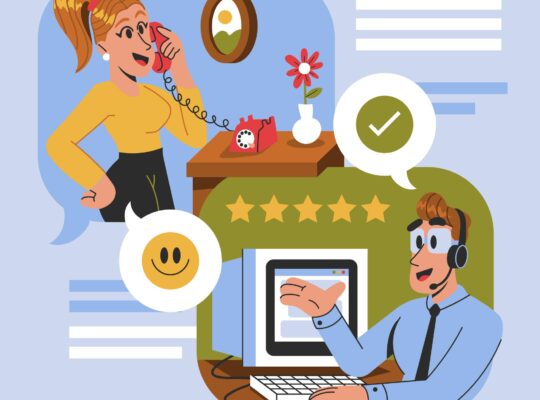| Phone-Based Customer Service | ||
| Instructor: Jeff Toister | ||
| Released: 6/23/2020 | Course Details 48m Intermediate | |
| Skills Covered Professional Phone Skills Customer Service | Course Link | |
| Professional Certifications and Continuing Education Units (CEUs) N/A | ||
| Customer service expert Jeff Toister helps customer service specialists develop the specific skills needed to help customers over the phone. Learn how to break the ice and develop rapport with the people you serve, even when you’re pressed for time. Tune out distractions and develop listening skills that are critically important to phone service. Last, learn how to express empathy, de-escalate angry callers, and stay focused throughout the day. Learning objectives – Developing the perfect phone greeting – Filling dead air – Managing holds and transfers – Listening – Expressing empathy – De-escalating angry callers Source: LinkedIN Learning | ||
Introduction
Phone service still matters
Customer interactions are more complicated – and more valuable.
We will cover three main topics
- Building Rapport
- Exceeding Expectations
- Solving Problems
Understanding the phone’s unique challenges
Challenges
- Body language – can’t see you or your customers body language
- Distractions – multi-tasking
- Fatigue – easy on first call to be energized but it’s a challenged on the 50th call
Build Rapport over the Phone
Develop the perfect phone greeting
Elements of a Phone Greeting
- Greeting
- Your name
- Offer of assistance
Use positive body language and tone. Body language influences our voice.
Positive Body Language
- Sit up straight
- Focus on your customer
- Smile
If you must follow a script, make a script your own.
Create personal connections
- Use names – calling the customer by their name. Learn how to address your customers.
- At the beginning
- With a solution
- At the end
- Ask questions
- Understand geography – keep the conversation positive.
How to fill dead air
Dead air occurs when we are entering data in the computer or waiting for the computer to load information.
- Explain what’s going on – explain you are entering data
- Create a personal connection
- Ask questions
- Comment on location
- Gather additional information
Manage holds and transfers
How to put a customer on hold
- Ask permission – explain why the hold is necessary
- Check in the customer if you have put them on hold for more than 2 minutes
Avoid transfers whenever possible.
Warm Transfer
- Transfer someone to a specific person
- Explain the reason for the transfer
- Give a name
- Explain the customer’s situation to the transfer recipient
Control the call with friendliness
Call Control Techniques
- Keep it short
- Listen without interrupting
- Redirect the conversation
- Don’t take the bait – customers might bring up a topic you are passionate about. Avoid being baited into a longer conversation.
- Share information slowly
- Offer to send follow-up via email
Exceed Expectations over the Phone
Tune out distractions
- Imagine you are face to face
- Eliminate distractions where you can
- Store personal cell phone out of sight
- Noise-canceling headset to reduce background noise
- Take a break – quiet rooms
Listen over the phone
Challenges
- Distractions
- Time pressure
- Rambling stories
- Accents – difficult to understand
- Bad connections
Listening Tips
- Imaging you are face to face
- Ask clarifying questions
- Paraphrase what you hear
- Take notes
- Identify emotions
Use advanced communication techniques
Use visual techniques to communicate.
- Identify visual reference.
- Guide the customer – send a visual over email
Deliver moments of “wow”
Understanding Customer Expectations
- Tune out distractions
- Listen
- Communicate clearly
Moments of “wow”
- Send a surprise – gift card for loyalty
- Send a handwritten note
- Stay until the end
- Follow up
- Solve their next problem
Identify opportunities to deliver a moment of “wow” to your customers and then take action.
| You May Enjoy? Jeff Toister has a short course dedicated to setting expectations. Check this link for the course |
Solve Problems over the Phone
How to express empathy
Empathy
Identifying or experiencing the feelings, thoughts, or attitudes of another
75% of customers are frustrated after talking to a customer service rep. Validate the customer’s feelings.
- Describe the problem
- Describe why the customer was upset
- Think about when you felt the same
- Decide how to demonstrate your understanding
LAURA
- Listen
- Acknowledge
- Understand
- Relate
- Act
De-escalate angry calls
Understanding Angry Callers
- Calling isn’t their first choice
- The call itself can be frustrating
- They may be less open to ideas
- De-escalate your customer’s anger
De-Escalate Anger
- Take extra time to listen
- Apologize sincerely
- Be on their side
- “I’d really like to help you”
- “Let find a solution”
- Check your company policy on handling customers who cross a line
| You May Enjoy? Jeff Toister has a short course dedicated to Working with Upset Customers Check this link for the course |
Friendly follow-up
The friendly follow-up helps relationships.
- Make a call
- Send an email
- Send postal mail
Stay focused while you work
Emotional Contagion
“Catching” someone else’s mood
Emotional Labor
Effort it takes to display emotion
Attitude Anchors
Ways to improve your mood. These are personal and the same technique won’t work for everyone.
Maintenance Anchors
- Eat healthy
- Be with friends or family
- Work on a hobby
Repair Anchors
- Take a walk
- Listen to music
- Talk to a friend
Directed Attention Fatigue
- Distractibility
- Irritability
- Impatience
- Indecisiveness
- Procrastination
Overcoming these challenges involve taking breaks and ensuring you have enough sleep to recuperate properly.
| Remember! To experience the full benefit of this guide, I highly recommend you watch the full training session. |
